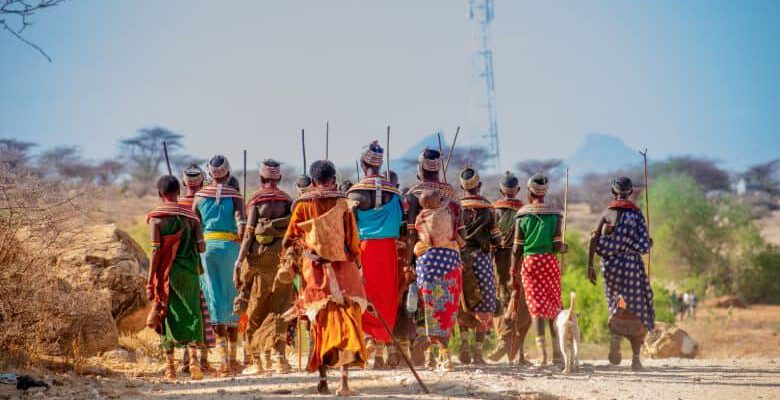Life in Southern Hemisphere

Antarctica is Earth’s southernmost continent, containing the geographic South Pole. It is situated in the Antarctic region of the Southern Hemisphere, almost entirely south of the Antarctic Circle, and is surrounded by the Southern Ocean. At 14,000,000 square kilometres, it is the fifth-largest continent in area after Asia, Africa, North America, and South America. For comparison, Antarctica is nearly twice the size of Australia. About 98% of Antarctica is covered by ice that averages 1.9 km in thickness, which extends to all but the northernmost reaches of the Antarctic Peninsula.
Antarctica, on average, is the coldest, driest, and windiest continent, and has the highest average elevation of all the continents. Antarctica is considered a desert, with annual precipitation of only 200 mm along the coast and far less inland. The temperature in Antarctica has reached −89.2 °C, though the average for the third quarter.
There are no permanent human residents, but anywhere from 1,000 to 5,000 people reside throughout the year at the research stations scattered across the continent. Organisms native to Antarctica include many types of algae, bacteria, fungi, plants, protista, and certain animals, such as mites, nematodes, penguins, seals and tardigrades. Vegetation, where it occurs, is tundra.
Antarctica is otherworldly, like nothing I’ve ever seen before. Stark, cold, beautiful desolation.
Mark Hoppus
 Although myths and speculation about a Terra Australis date back to antiquity, Antarctica was only first sighted in 1820, by the Russian expedition of Fabian Gottlieb von Bellingshausen and Mikhail Lazarev on Vostok and Mirny, who sighted the Fimbul ice shelf. The continent, however, remained largely neglected for the rest of the 19th century because of its hostile environment, lack of resources, and isolation.
Although myths and speculation about a Terra Australis date back to antiquity, Antarctica was only first sighted in 1820, by the Russian expedition of Fabian Gottlieb von Bellingshausen and Mikhail Lazarev on Vostok and Mirny, who sighted the Fimbul ice shelf. The continent, however, remained largely neglected for the rest of the 19th century because of its hostile environment, lack of resources, and isolation.
Antarctica is a de facto condominium, governed by parties to the Antarctic Treaty System that have consulting status. Twelve countries signed the Antarctic Treaty in 1959, and thirty-eight have signed it since then. The treaty prohibits military activities and mineral mining, prohibits nuclear explosions and nuclear waste disposal, supports scientific research, and protects the continent’s ecozone. Ongoing experiments are conducted by more than 4,000 scientists from many nations.
Aristotle wrote in his book Meteorology about an Antarctic region in c. 350 B.C. Marinus of Tyre reportedly used the name in his unpreserved world map from the 2nd century A.D. The Roman authors Hyginus and Apuleius used for the South Pole the romanized Greek name polus antarcticus, from which derived the Old French pole antartike (modern pôle antarctique) attested in 1270, and from there the Middle English pol antartik in a 1391 technical treatise by Geoffrey Chaucer.
Before acquiring its present geographical connotations, the term was used for other locations that could be defined as “opposite to the north”. For example, the short-lived French colony established in Brazil in the 16th century was called “France Antarctique”.
